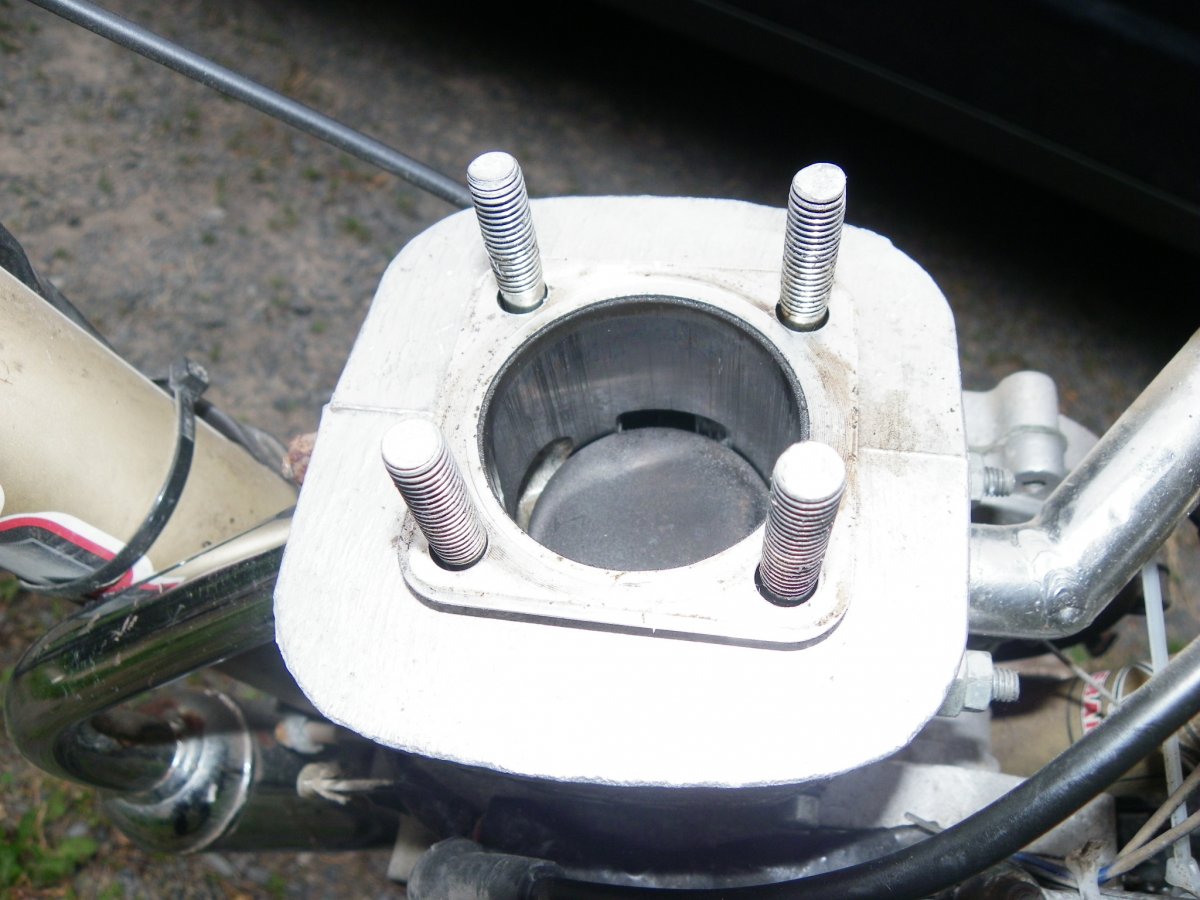Ok, I been doing some reading to prep myself for when I reach the point of starting my engine up for the first time.
I know I read 2 to 4 tank fulls is about the going rate for engine break in. How ever lots of places dealing with these 2 stroke bicycles state to use a good motorcycle/atv grade of synthetic 2 stroke oil with these engines and to run it twice as oil rich as you normally would after break in.
Well I seem to have a bit of a problem, with automotive engines they stress never break a engine in on synthetic oil as it will never allow rings to proper seat in and to drive a vehicle 500 miles with conventional oil then you change it out for either more conventional oil or synthetic oil.
My question is who here have used regular 2 cycle oil for break in and switched to synthetic after break in period? Like wise who used synthetic from the start?
I want to ask because I saw on a 2 stroke outboard boat forum they stressed to never used synthetic 2 cycle oil for break in. But I also seen some claim never to switch from conventional to synthetic or synthetic to conventional as the cylinder becomes accustomed and seasoned to the type of oil you use and switching can be bad. I honestly think that is a bunch of bs as for 4 strokes it would be the same thing as oil still lubricates the cylinder walls reguardless if its a 2 stroke or a 4 stroke.
So I just wanted to ask opinion of people on here as I am browsing amazon thinking of placing yet another amazon prime order today and buy some 2 stroke oil. Right now I am looking at synthetic only, mainly because I can pick up 2 cycle motorcycle oil at the local auto parts.
I know I read 2 to 4 tank fulls is about the going rate for engine break in. How ever lots of places dealing with these 2 stroke bicycles state to use a good motorcycle/atv grade of synthetic 2 stroke oil with these engines and to run it twice as oil rich as you normally would after break in.
Well I seem to have a bit of a problem, with automotive engines they stress never break a engine in on synthetic oil as it will never allow rings to proper seat in and to drive a vehicle 500 miles with conventional oil then you change it out for either more conventional oil or synthetic oil.
My question is who here have used regular 2 cycle oil for break in and switched to synthetic after break in period? Like wise who used synthetic from the start?
I want to ask because I saw on a 2 stroke outboard boat forum they stressed to never used synthetic 2 cycle oil for break in. But I also seen some claim never to switch from conventional to synthetic or synthetic to conventional as the cylinder becomes accustomed and seasoned to the type of oil you use and switching can be bad. I honestly think that is a bunch of bs as for 4 strokes it would be the same thing as oil still lubricates the cylinder walls reguardless if its a 2 stroke or a 4 stroke.
So I just wanted to ask opinion of people on here as I am browsing amazon thinking of placing yet another amazon prime order today and buy some 2 stroke oil. Right now I am looking at synthetic only, mainly because I can pick up 2 cycle motorcycle oil at the local auto parts.

